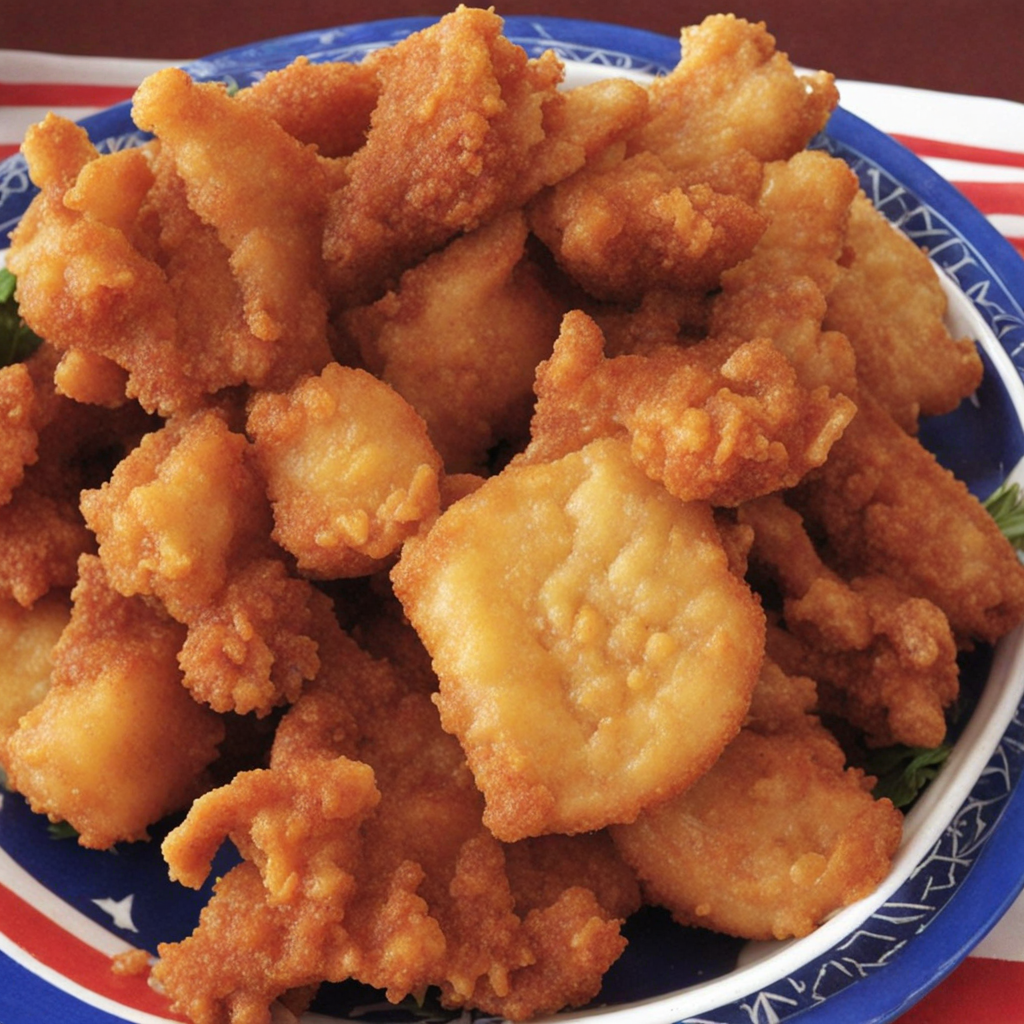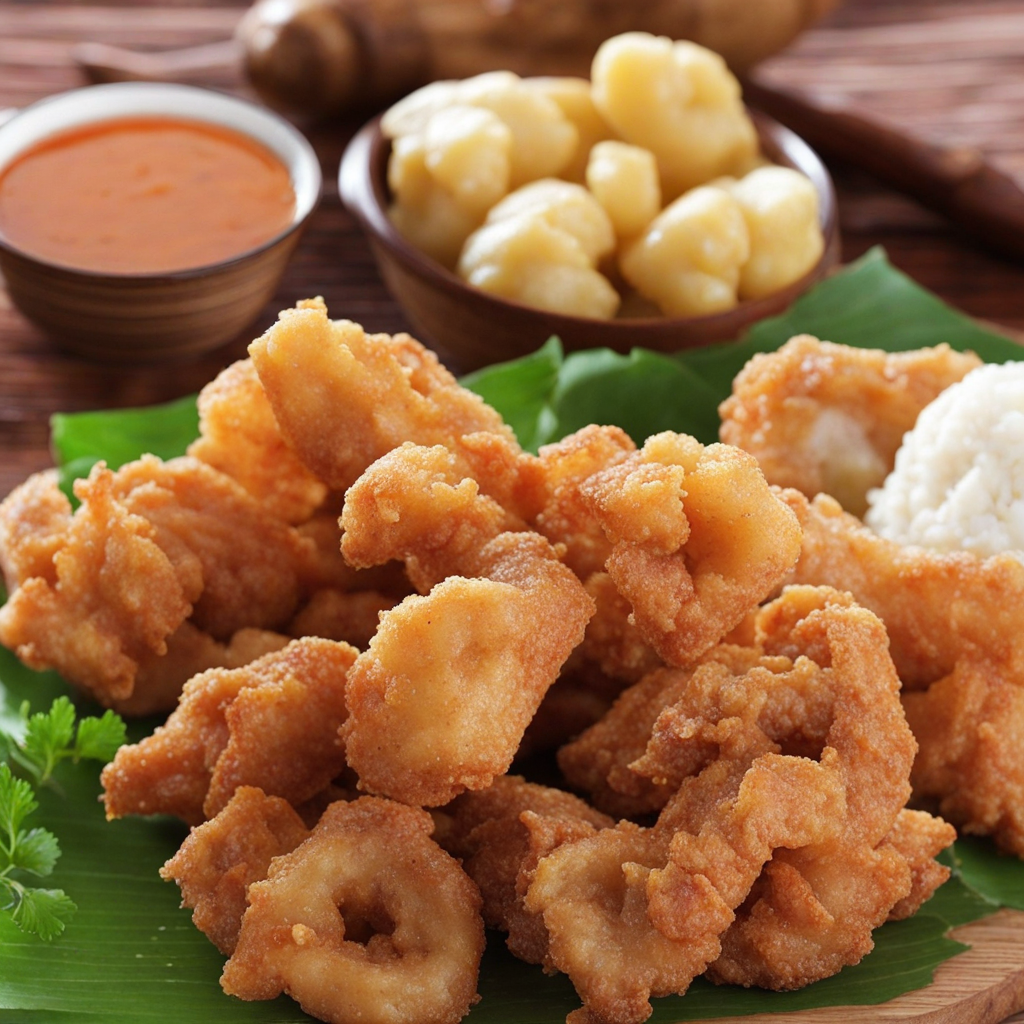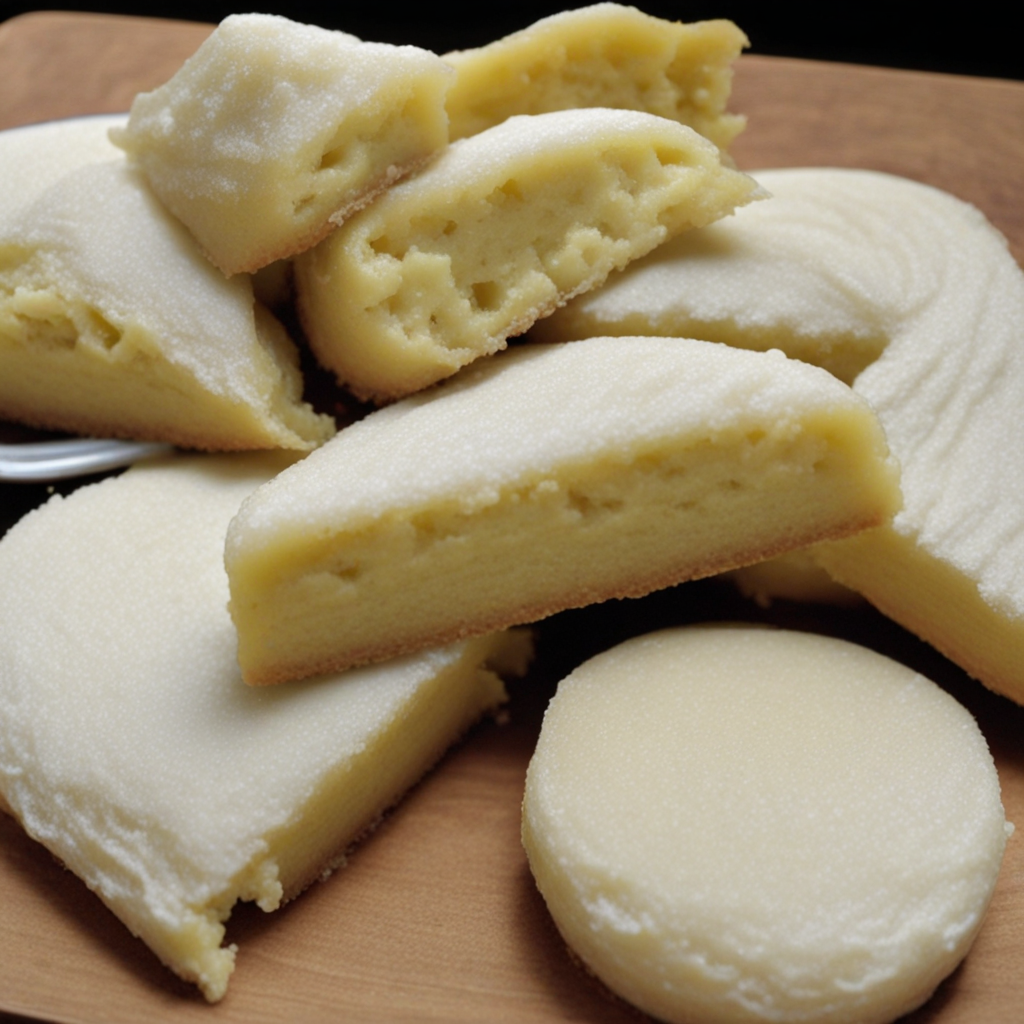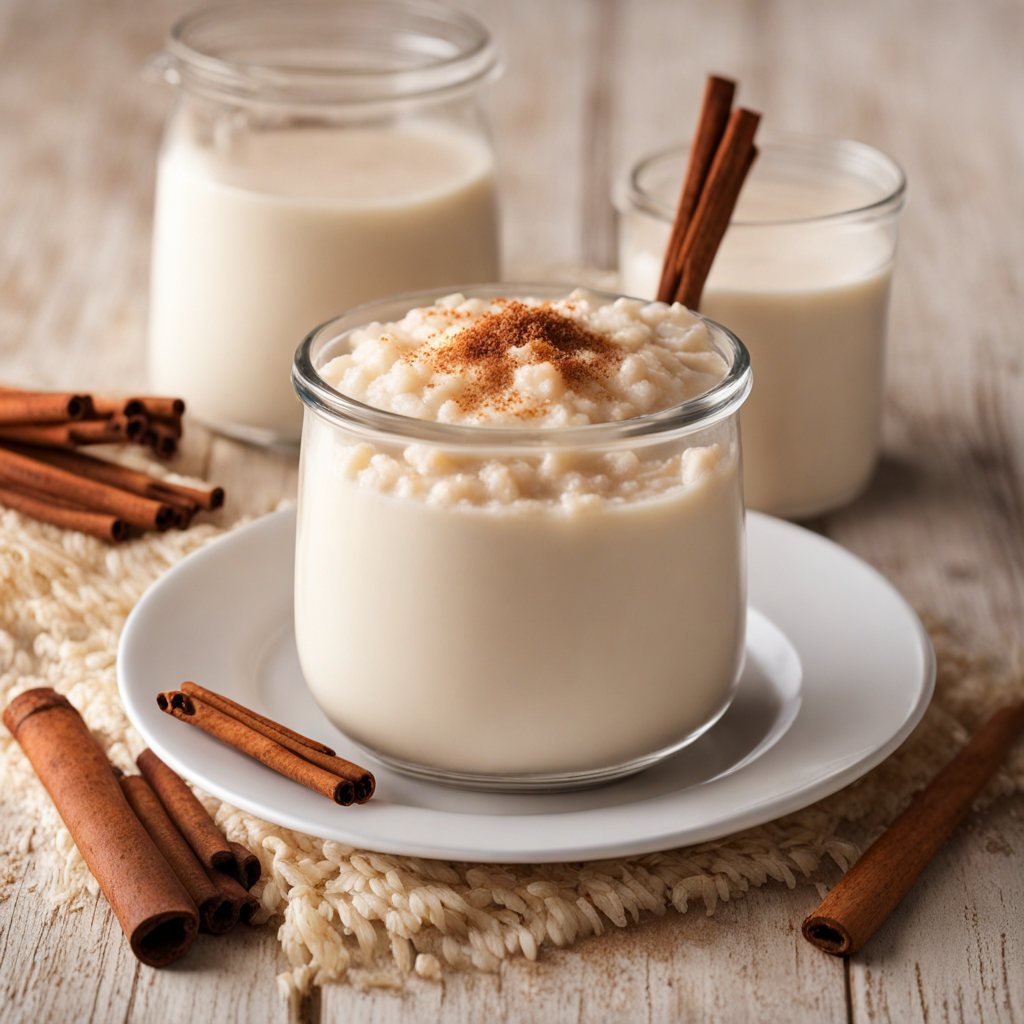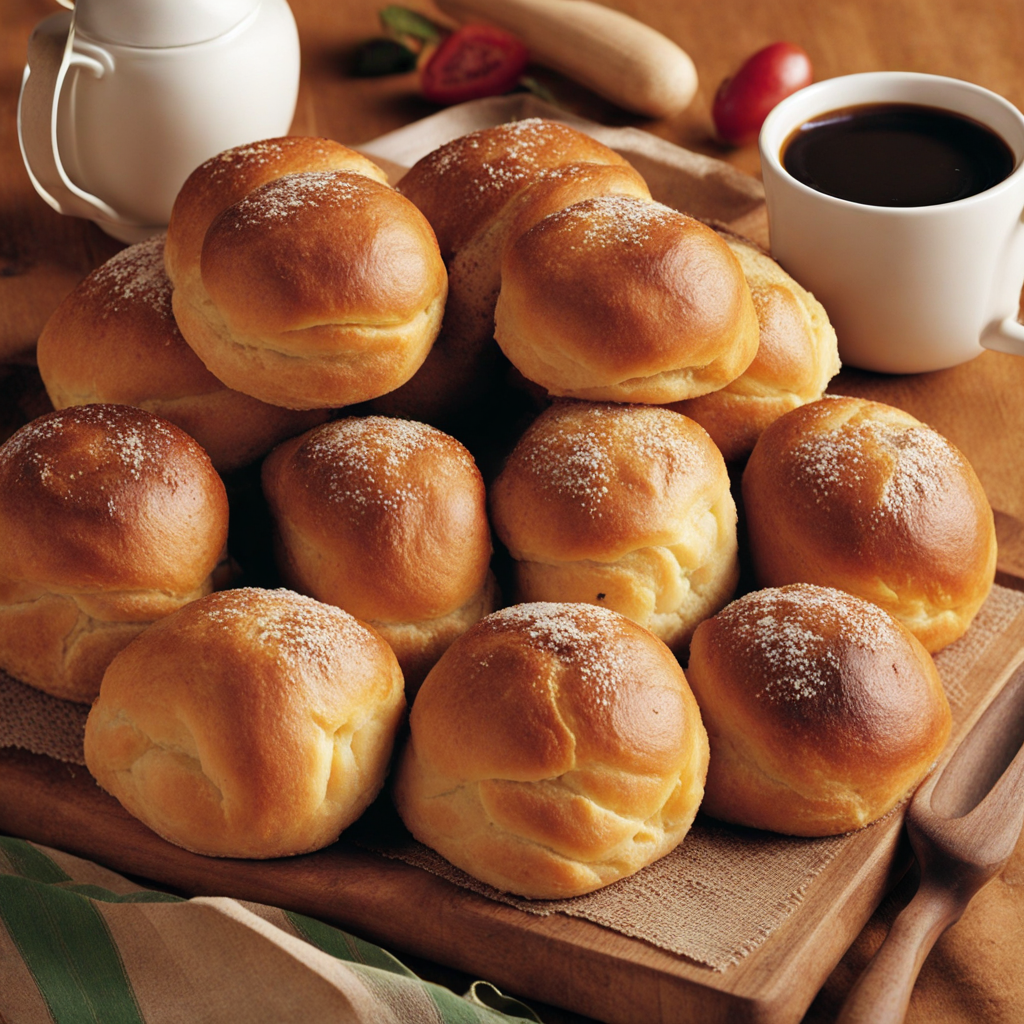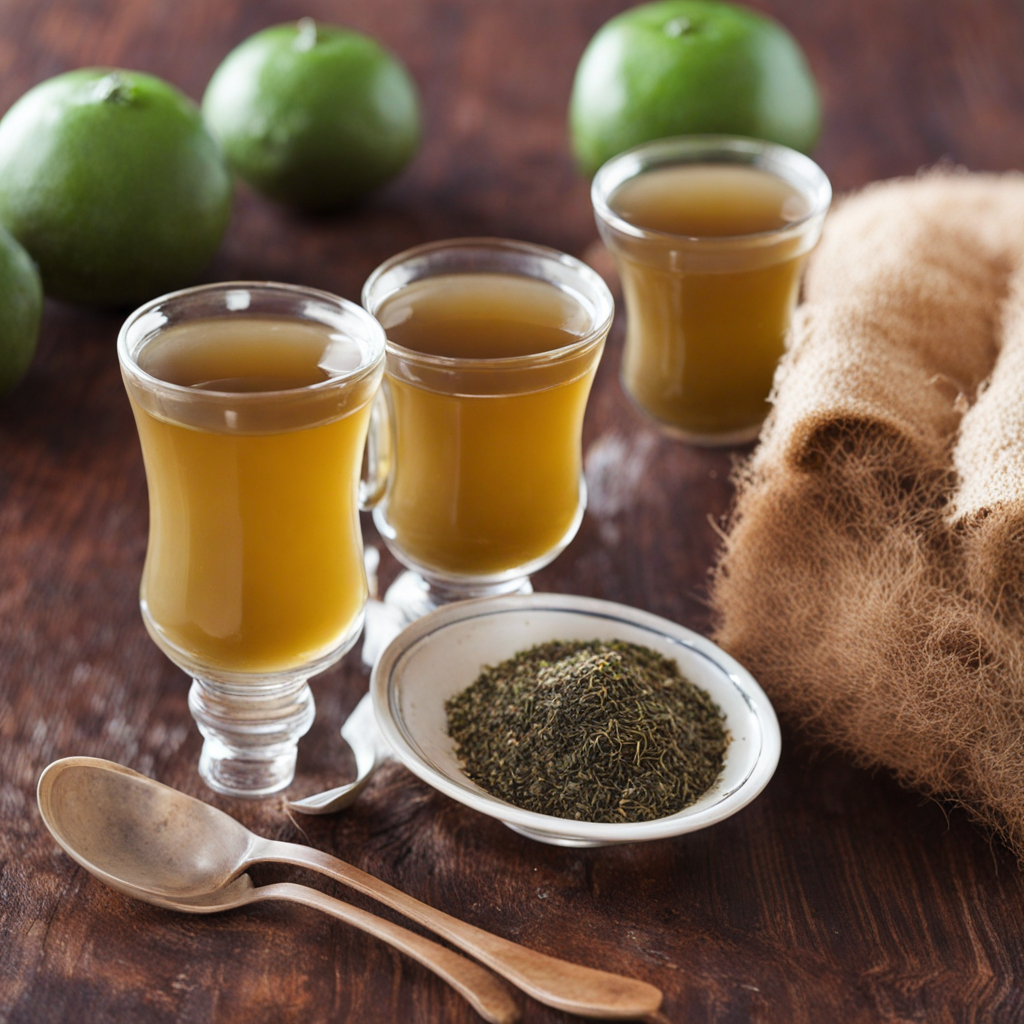Chicharõ Paraguayo
Chicharõ Paraguayo is a delightful traditional dish from Paraguay, encompassing the essence of the country’s culinary heritage. This savory treat is primarily made from corn, which is a staple ingredient in Paraguayan cuisine. The dish is crafted by mixing fresh cornmeal with cheese, eggs, and milk, creating a rich batter that is both hearty and comforting. Its texture is moist and slightly dense, offering a satisfying bite that is complemented by the rich, creamy flavors of the cheese. The incorporation of local cheeses, often made from cow's milk, adds a distinct flavor profile that is both unique and delicious. The preparation of Chicharõ Paraguayo typically involves pouring the batter into a greased baking dish and baking it until golden brown. The result is a beautifully risen dish with a crispy exterior and a soft, cheesy interior that melts in your mouth. The aroma that wafts from the oven while it bakes is simply irresistible, inviting everyone to gather around and enjoy this communal dish. It can be served warm or at room temperature, making it an excellent option for gatherings and celebrations. Often enjoyed as a snack or side dish, Chicharõ Paraguayo pairs wonderfully with a variety of accompaniments such as a fresh salad or spicy sauces, enhancing its flavor and providing a delightful contrast. This dish is not just a meal; it embodies the spirit of Paraguayan culture, where food brings people together. Every bite of Chicharõ Paraguayo transports you to the heart of Paraguay, offering a taste that is both familiar and exotic, making it a must-try for anyone eager to explore new culinary landscapes.
How It Became This Dish
Chicharõ: A Culinary and Cultural Icon of Paraguay Chicharõ, a beloved dish from Paraguay, serves as a culinary embodiment of the nation’s rich cultural heritage and agricultural bounty. This traditional food is not just a meal; it is a symbol of community, history, and the fusion of indigenous and colonial influences that have shaped Paraguayan cuisine over centuries. #### Origins: The Roots of Chicharõ The history of chicharõ can be traced back to the indigenous Guaraní people, who inhabited the region long before European colonization. The Guaraní had a deep connection to the land, utilizing the abundant resources available to them, including corn and various meats. Chicharõ itself is a simple yet satisfying dish made primarily from corn, meat (often pork or beef), and a blend of spices, reflecting both the agricultural practices of the indigenous people and the livestock introduced by Spanish colonizers in the 16th century. The name “chicharõ” derives from the Guaraní language, which remains an integral part of Paraguayan culture today. The word can be loosely translated to mean “to roast” or “to grill,” which speaks to the traditional preparation methods of the dish. Initially, chicharõ was a communal dish, prepared during gatherings and celebrations, thereby reinforcing social bonds and cultural identity among the Guaraní. #### Cultural Significance: More than Just a Meal Chicharõ has transcended its status as mere sustenance to become a cultural symbol in Paraguay. It is often prepared during significant festivities, family reunions, and national holidays, signifying its role in the collective memory and identity of the Paraguayan people. The dish is commonly associated with the warmth of community gatherings, where families and friends come together to enjoy the fruits of their labor. Moreover, chicharõ is a testament to Paraguay’s agricultural heritage, particularly its reliance on corn. Corn has been a staple in the diets of the indigenous peoples of the Americas for thousands of years. In Paraguay, it is used in various forms, including as a base for chicharõ, showcasing the versatility of this essential crop. The dish embodies the connection between food and identity, reflecting Paraguay’s unique blend of indigenous traditions and colonial influences. Chicharõ is also significant in the context of social and political history. Paraguay has a tumultuous past marked by wars and upheaval, notably the Paraguayan War (1864-1870), which devastated the country’s population and infrastructure. In the aftermath, traditional foods like chicharõ became a source of comfort and resilience for the people, reminding them of their roots and cultural heritage in times of adversity. #### Development Over Time: Evolution of Chicharõ As Paraguay evolved through the centuries, so too did its culinary landscape. The introduction of new ingredients and cooking techniques led to variations of chicharõ, adapting to regional preferences and influences. The Spanish brought with them various spices and livestock, enriching the flavors and textures of traditional dishes. Over time, chicharõ began to incorporate different types of meat, such as beef and chicken, depending on availability and local customs. In rural areas, chicharõ is often prepared in open-air barbecues, where the meat is marinated with a blend of spices, including garlic, cumin, and paprika, and then grilled over an open flame. This method not only enhances the flavor but also fosters a sense of community as families and neighbors gather around the fire to share stories and enjoy the meal together. In urban settings, chicharõ has found its way into restaurants and street food stalls, with chefs experimenting with modern twists while still honoring traditional methods. In contemporary Paraguay, chicharõ has gained international recognition, showcasing the country’s culinary diversity on a global stage. Food festivals and cultural events often feature chicharõ as a highlight, drawing attention to its historical significance and the artisanal craftsmanship involved in its preparation. The dish has become a point of pride for Paraguayans, serving as a way to share their culture with the world. #### A Culinary Journey: Preparing Chicharõ The preparation of traditional chicharõ involves several steps, starting with the selection of high-quality ingredients. Corn is typically ground into a fine flour, which is then mixed with water and seasonings to form a dough. The choice of meat is crucial; pork is often preferred for its flavor and tenderness, but beef or chicken can also be used, depending on personal preference. To make chicharõ, the dough is shaped into flat cakes, which are then filled with seasoned meat. The filled cakes are cooked on a grill or in a hot stone oven, allowing the exterior to become crispy while the interior remains juicy and flavorful. The result is a dish that is not only hearty but also deeply satisfying, with each bite telling a story of the land and the people who have cultivated it. #### Conclusion: Chicharõ as a Living Tradition Today, chicharõ stands as a testament to Paraguay’s rich culinary heritage, weaving together the threads of indigenous culture, colonial history, and modern innovation. It is a dish that evokes nostalgia and connection, uniting people across generations in their shared love for food. Whether enjoyed at a family gathering, a festive celebration, or as street food in bustling cities, chicharõ continues to thrive as a symbol of Paraguayan identity. As Paraguayans embrace their roots while navigating the complexities of modern life, chicharõ remains a beloved staple, a reminder of the enduring power of food to nourish not just the body, but also the spirit of a nation. In every bite of chicharõ, there lies a rich tapestry of history, culture, and community, inviting all who partake to savor the flavors of Paraguay.
You may like
Discover local flavors from Paraguay


